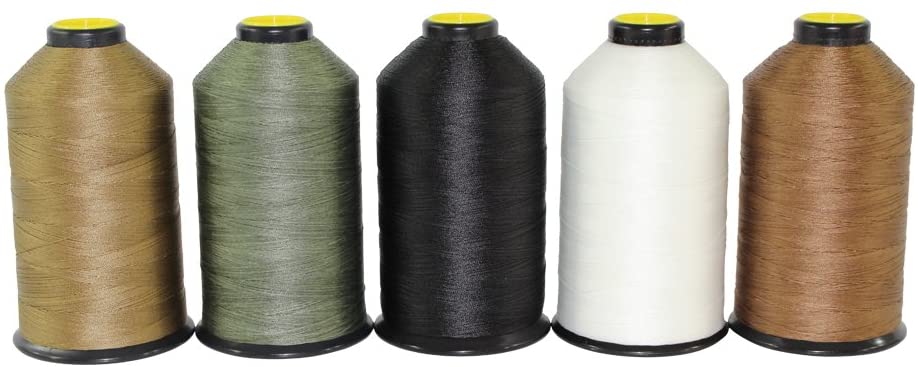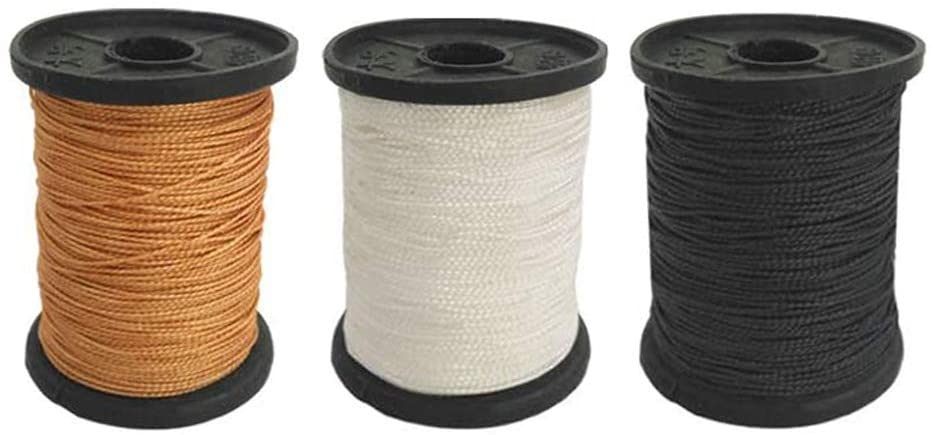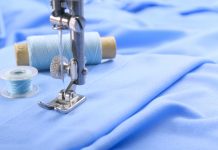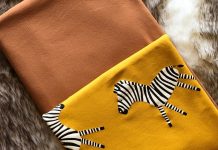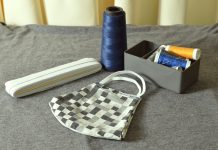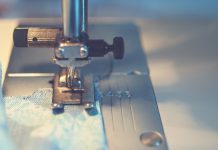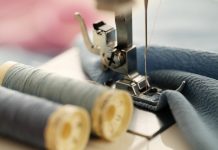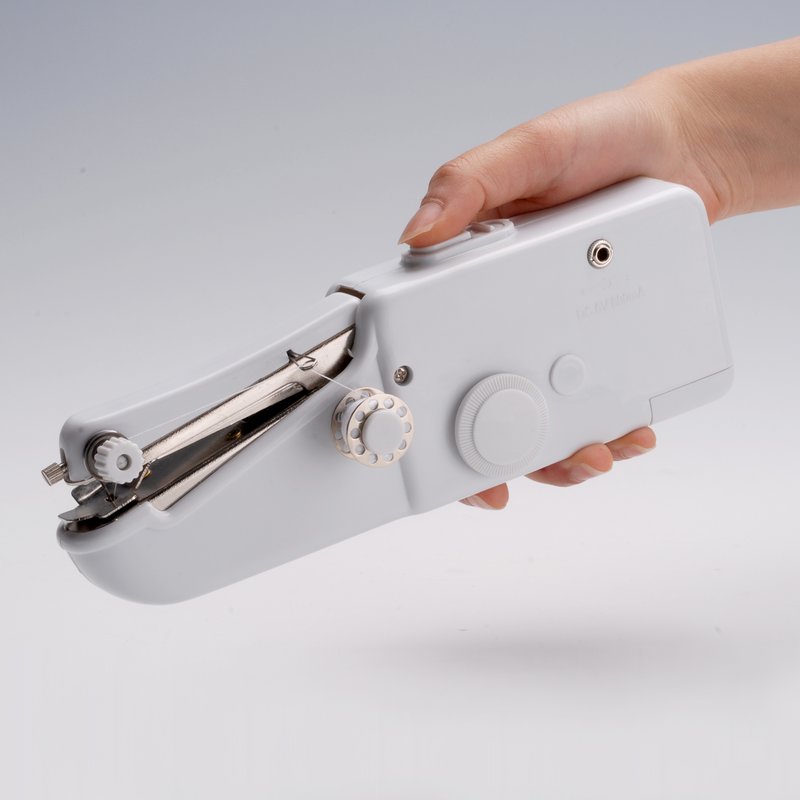Certain sewing tasks require strong stitches that using durable types of thread. Not only will these types of stitches last longer, but you can also use them to hold two heavy pieces of fabric together that would otherwise tear apart.
Given that most electronic sewing machines have between 10 and 30 different stitches, while computerized sewing machines have many more, it can be confusing knowing which types of stitches are the strongest.
How Can We Help?
We will go over the strongest type of machine stitch you can make with a sewing machine and the strongest hand stitch out there.
From there, we will take a look at some of the best types of thread and even recommend some you can purchase to use on your next sewing project.
If you are looking for results that will last, you have come to the right place!
The Strongest Type of Stitch
So, what is the strongest stitch? An overlock stitch? Zigzag stitch? Chain stitch?
While it may come as somewhat of a surprise, one of the strongest stitches you can create with most sewing machines is the straight stitch.
Because the stitch results in multiple layers of thread on top of each other, the straight stitch is strong and difficult to tear apart. While other types of stitches appear more elaborate, a straight stitch layers the thread and reinforces the overall durability of the stitch.
This strength is part of the reason why the straight stitch is so popular. It is also great news if you are using a basic or entry-level sewing machine, as just about any electronic sewing machine will have a straight stitch option.
Why is the Straight Stitch So Strong?
As mentioned above, the key to the straight stitch’s strength is the layering of the threads. When you straight-stitch together two pieces of fabric and try to pull them apart, pressure distributes across the length of the entire thread. To pull it apart, you would have to tear several parts of it simultaneously, which is harder than tearing apart unlayered stitches at any point.
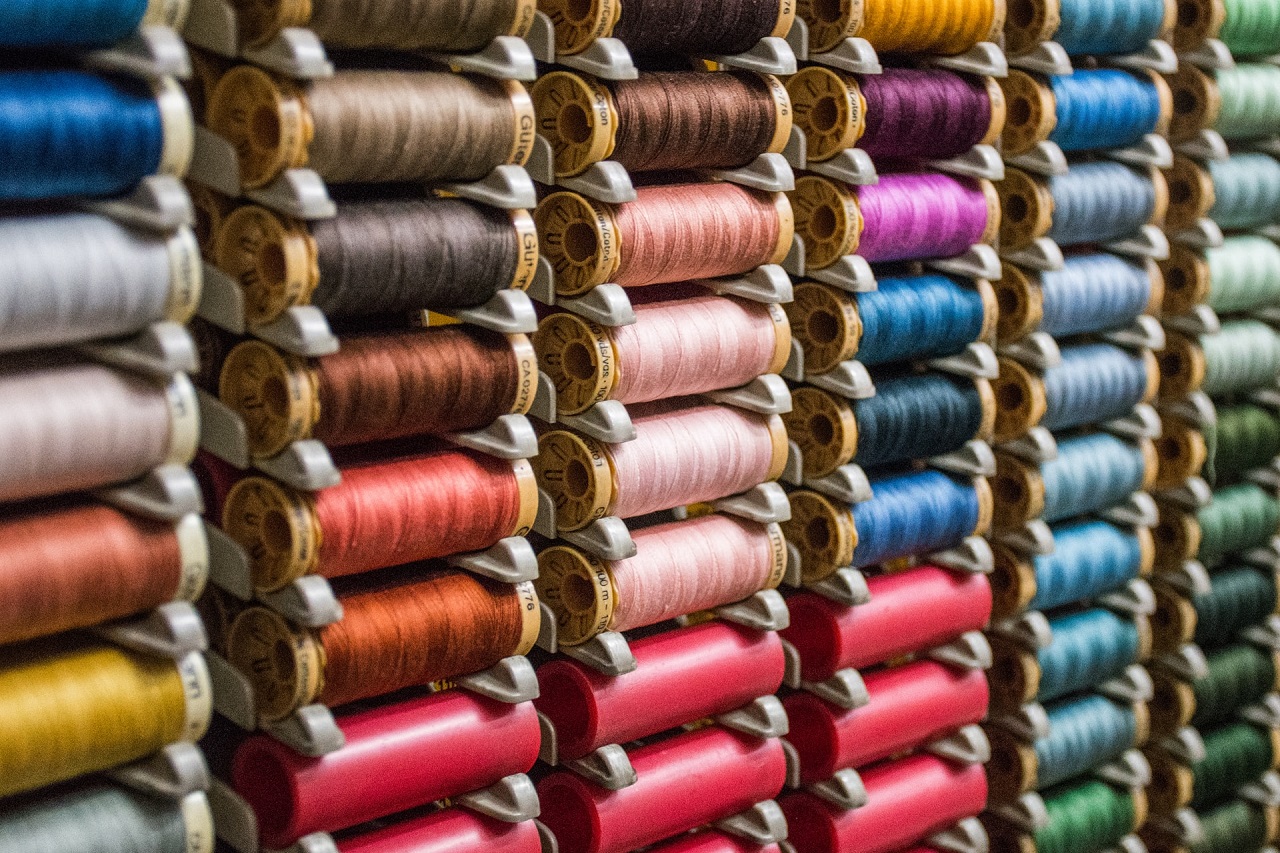
Can You Make a Straight Stitch Even Stronger?
While the type of thread used to make the stitch will play a large role in the overall strength, there are other ways to make a straight stitch even stronger. For starters, you can go over your work and stitch your fabric twice.
Going back and forth several times over the original stitch will layer the thread even more, which drastically increases the overall strength. While this extra effort is not always necessary, adding extra durability to seams can be worthwhile if you are sewing together two pieces of fabric that will have a significant amount of pressure on the seam.
Outerwear tends to have more strain than other types of clothing, which explains why most people sew outerwear and make repairs to it using a straight stitch. Parts of a sewing project come under serious stress and can be worth double stitching with a straight stitch.
Selecting the Straight Stitch:
Since the straight stitch is one of the most basic stitches you can use for sewing two pieces of fabric together, it is usually very easy to find and select.
With machines that use a stitch selection dial, the straight stitch is usually the first or second option you can choose from. For machines that use buttons for stitch-type selection, the straight stitch button is usually located in the first row.
The symbol used for a straight stitch is usually just a series of straight lines, so it is easy to spot.
What is the Strongest Type of Hand-Made Stitch?
We mentioned earlier that the backstitch is one of the strongest stitches you can make, and it turns out it is the strongest type of hand-made stitch out there.
Despite the overall strength of the stitch, they are also surprisingly easy to do, even by hand. This explains why the backstitch is one of the first stitches most people learn when they learn how to sew by hand.
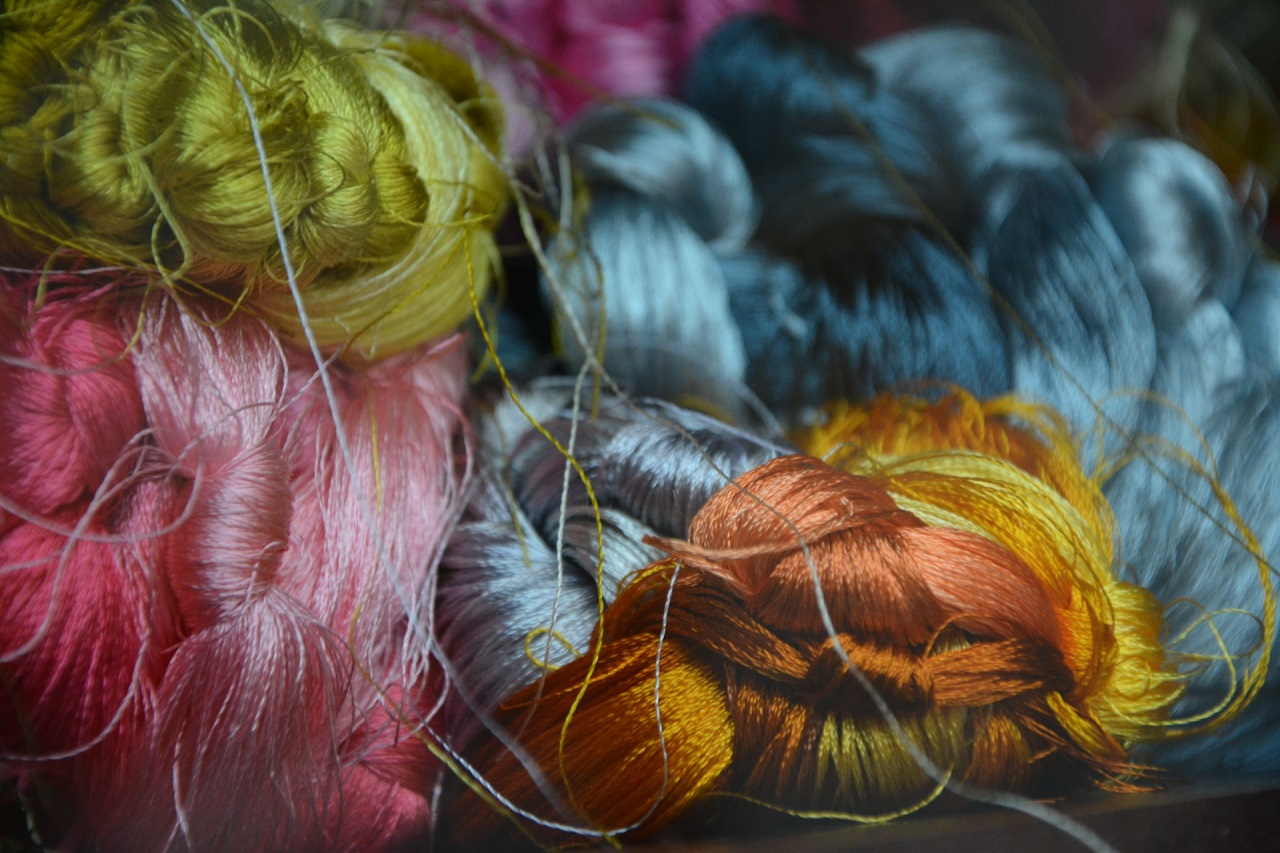
Advantages of the Hand-Made Backstitch:
Aside from the portable nature of a hand sewing kit, one of the major advantages of a hand-sewn backstitch is that you can do it using incredibly thick and durable types of thread.
Where sewing machines can rarely accommodate thicker thread, you can work with incredibly durable strands when you are working by hand. When you choose something thick and durable, like a bonded three-ply nylon thread, you can create lasting stitches with a sewing needle and your own two hands.
What is the Strongest Thread You Can Use with a Sewing Machine?
While the type of stitch you use is important, it is almost just as important that you use a strong thread for durable results.
In most cases, the strongest type of thread you can use with a sewing machine is upholstery nylon. These specially formulated upholstery threads are coated with a unique resin that adds strength and helps prevent the thread from splitting and tearing.
While the resin coating helps, nylon on its own is a surprisingly durable material. It has high tensile strength, meaning you can put it under a tremendous amount of pressure before it reaches its breaking point. Nylon is a synthetic material formulated for the perfect balance between strength and weight. Other options you might consider are polyester thread and cotton thread.
Common Types of Nylon Thread:
In most cases, people will choose a nylon thread called Nylon 6-6, or 66 thread for short. While this thread is for upholstery work, you can use it for any project that requires incredibly durable stitchwork. However, it is worth noting that this particular type of nylon thread will not withstand sustained exposure to UV rays, meaning its overall strength can degrade when exposed to sunlight for extended periods.
Nylon 6-6 thread is not usually used for repairing outerwear and outdoor equipment, like tents and backpacks.
Recommended Strong Thread
If you are looking for a durable thread that you can use to make strong stitches, the following options make an excellent choice:
SGT Knots – Military Grade Extra-Strength Bonded Nylon Thread
This strong sewing machine thread works with even the heaviest pieces of fabric. It comes on easy-to-use 10 oz spools and suitable for any sewing project that requires strong stitches that will last.
TuNan – Heavy Duty 0.6mm Nylon Upholstery Thread
This set of six spools is perfect for those that need durable nylon thread. It has a thickness of 0.6mm, so it will not work with every type of sewing machine. It is incredibly useful for those looking to stitch heavy materials, like faux and real leather.
Final Words
Creating a durable stitch that will last is far less difficult than you might assume. Select the straight stitch type option on your sewing machine and choose a durable type of thread to work with.
For extra durability, consider performing a double straight stitch. Remember, even the most basic sewing machines should have a straight stitch setting, so creating lasting results should not be difficult!

